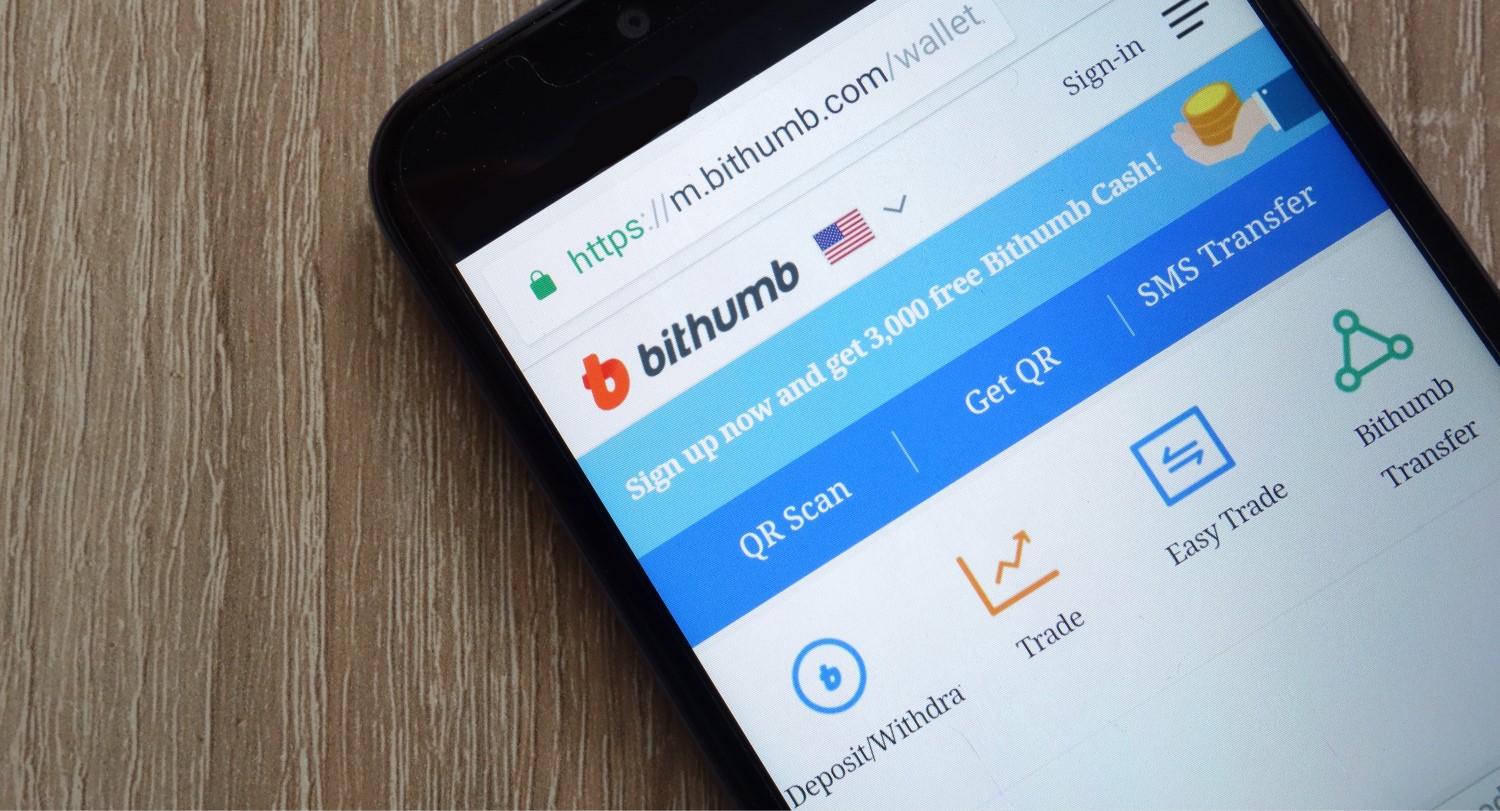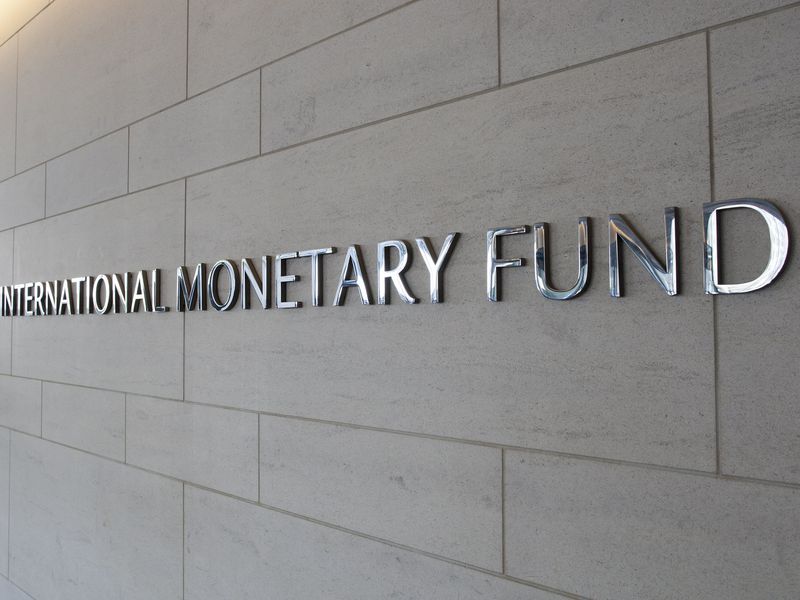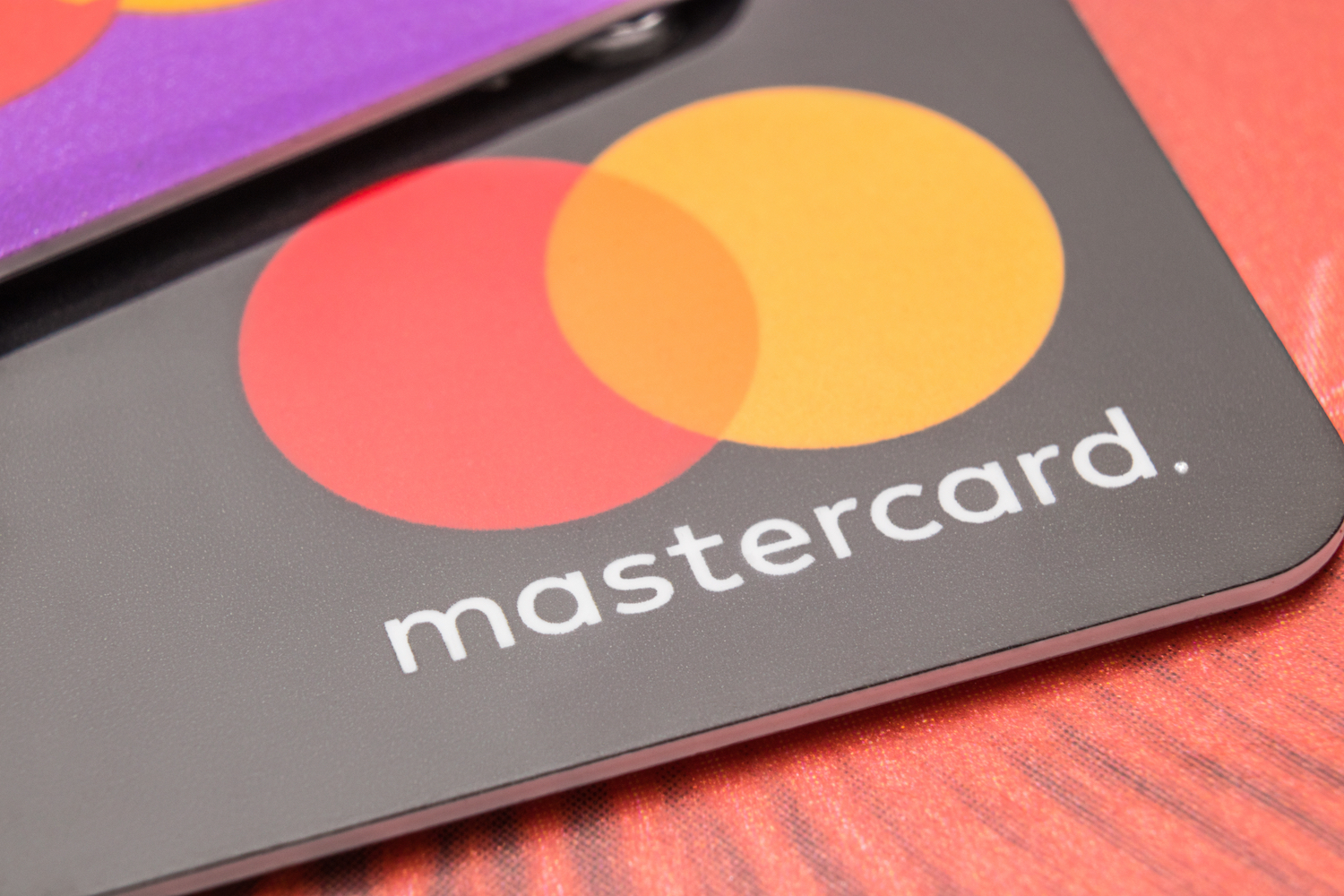What Prediction Markets Are Forecasting for Crypto in 2024
December is the month when pundits make predictions for the year ahead. It’s a tiresome ritual.
As George Costanza said in an infamous episode of TV’s “Seinfeld” (you know the one): “Care to make it interesting?”
Instead of interviewing “experts” or, worse, suffering my armchair prognostications about what lies ahead for crypto in 2024, let’s take a look at what the prediction markets are saying.
This post is part of CoinDesk’s “Crypto 2024” predictions package.
They may not be right, but participants in these markets are putting their money where their mouths are. So we can be fairly sure they are telling us what they really think, not what they want you to think, or what they think you want to hear. Sometimes, just the questions they ask can themselves be revealing.
(If you already know the answer to that question, feel free to skip to the next section.)
In prediction markets, participants bet on the outcome of real-world events, from the deadly serious (the war in the Middle East) to the frivolous (Taylor Swift’s love life). They are typically framed as yes-or-no questions, and participants can buy “yes” contracts or “no” contracts. When the trade settles, those who bet on the correct prediction get $1 per contract purchased and those who bought the incorrect one get zero.
For example, for the market on whether Christopher Nolan will win the best director Oscar for “Oppenheimer,” “yes” contracts were recently trading at 68 cents, indicating the market sees a 68% chance he will get the nod.
More than just a speculative game, these markets arguably have positive spillover effects for the public, by offering an alternative source of expert opinion, a counterweight to fallible legacy sources of information. For example, the prediction markets reportedly called the 2020 election more accurately than the polls. Cable news pundits generally aren’t punished for being incorrect. In prediction markets, bettors stand to lose money if their predictions turn out wrong, giving them an incentive to express what they truly believe.
Their beliefs might be wrong, but the financial risk should theoretically discourage uninformed wagers, and conversely the upside for betting correctly should attract traders with real insights … all else equal.
Traditionally, prediction markets have been run through centralized websites that settle bets in regular fiat currency (PredictIt and Kalshi are the two best-known examples operating today). However, prediction markets are popular among crypto traders, and, in recent years, a number of platforms have emerged that run on crypto rails.
The advantage of using crypto is that traders are free to bet on controversial questions without interference from some centralized entity. InTrade, a popular U.S. prediction market in the early 2000s, was forced to shut down by the Commodity Futures Trading Commission (CFTC) more than a decade ago, underscoring the risk of centralized operators.
I take back what I said above. Here’s one traditional analysts’ prediction for 2024.
“More than $100 million will be staked in prediction markets, which will emerge as a new ‘killer app’ for crypto,” write the team at Bitwise Asset Management in their annual forecast.
“Crypto takes prediction markets to the next level by making them borderless and permissionless, and by automating functions like determining winners and losers and making payouts,” the Bitwise researchers go on. These markets will become “a primary venue for both event-based and more traditional sports-related wagering.”
Even if that’s overly optimistic, it’s worth taking a look at what prediction markets are saying about what else might happen in crypto next year.
Which crypto projects will do airdrops in 2024?
Polymarket bills itself as the largest prediction market platform of any kind, and it’s by far the largest crypto-based one. To make bets there, you need to deposit either USDC, a stablecoin or digital currency that usually trades at par with the U.S. dollar, or ether (ETH), the second-largest cryptocurrency by market cap and the native token of Ethereum, the leading smart contract blockchain. (ETH deposits are automatically converted to USDC.)
Given that requirement, it’s no surprise that in addition to sports, pop culture and politics, a popular topic of bets on Polymarket is crypto itself. Most of the crypto-related markets are about things that may or may not happen before the end of the year – for example, whether bitcoin (BTC) or ether will hit certain price levels. But a handful concern what’s ahead for 2024.
Among those, a recurring theme is airdrops. These are giveaways of crypto tokens to wallets that meet certain criteria, e.g. if they’ve previously used certain services. Based on Polymarket trading levels on Dec. 12, the odds are almost 50-50 that Aleo, a privacy-minded decentralized finance (DeFi) project, will do an airdrop by April; there’s an 11% chance that the Pudgy Penguins non-fungible token (NFT) collection will do one before March; and a 62% chance that Blast, a layer 2 blockchain launched on Ethereum last month, will give away tokens by May.
A big caveat here is that the trading volumes on these niche questions are small – in the thousands of dollars for each of the markets mentioned above. One reason may be that Polymarket is not allowed to serve U.S. residents under a settlement with the CFTC, excluding a broad swath of traders from the world’s largest economy. Combined, there are $10,000 worth of bets on whether five different projects will do airdrops on the Solana blockchain by March 1, but again, when you break them down, they total thousands of dollars for each. Probabilities range from 16% for Kamino, a DeFi protocol, to 39% for another one, MarginFi.
It’s easy to see why airdrops are a popular topic. They represent free money, after all. And if investors have an inkling of which protocols are likely to do airdrops for participants in a certain timeframe, and which ones aren’t, it can inform their decisions about where to put money to work.
Kraken IPO? OpenSea token?
Other interesting questions posed on Polymarket include whether the Kraken exchange will go public by June (a 21% chance as of Dec. 12), and whether OpenSea, the NFT marketplace, will issue its own token by May (a 13% chance, though if you widen the window to “sometime in 2024,” the probability rises to 67%).
Some Polymarket bets are spicy: Will a certain bridge connecting blockchains fall victim to an exploit by a given date (a question that garnered more than $100,000 in bets as of Dec. 12, making it the third largest crypto-related market on Polymarket)? Will a certain centralized platform seek bankruptcy protection?
At first blush, these reminded me of the insinuations made by newspaper gossip columnists in “blind items” and by internet trolls “just asking questions.” Once again, however, the fact that the traders making the doomer forecasts have skin in the game gives those forecasts some weight – though their value as signals is discounted by the small amounts of money involved.
Interestingly (suspiciously?) enough, the same bridge exploit question appears on Zeitgeist, a prediction market platform on the Polkadot blockchain network. Zeitgeist also hosts markets on the fallout from the FTX collapse – including whether convicted fraudster Sam Bankman-Fried will get 50 years or more in prison when he’s sentenced in March (42% chance, market says) and whether any account on the exchange will sell for more than 60 cents on the dollar before May (30%). Volumes here are even leaner than on Polymarket, in the low thousands per market. (In October, Zeitgeist announced a deal to use market benchmarks from CoinDesk Indices, which is part of the same company that publishes this website.)
Given their limitations, it’s premature to call prediction markets a complete replacement for other sources of forecasting and expertise. But they’re a useful supplement, part of a balanced informational diet.
Edited by Benjamin Schiller.









